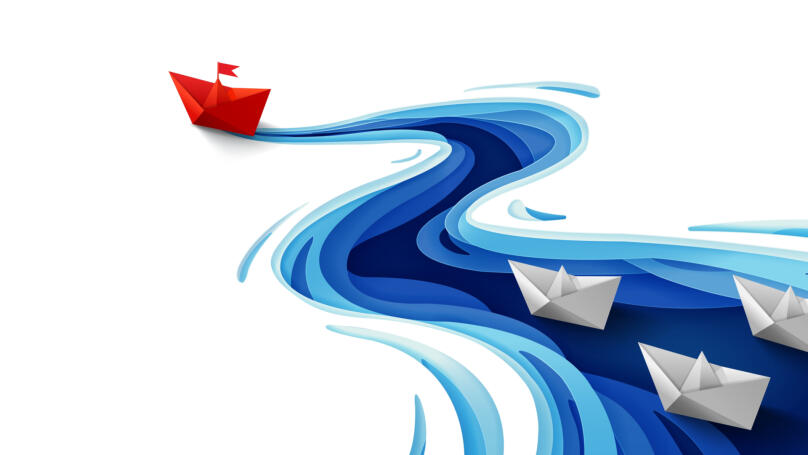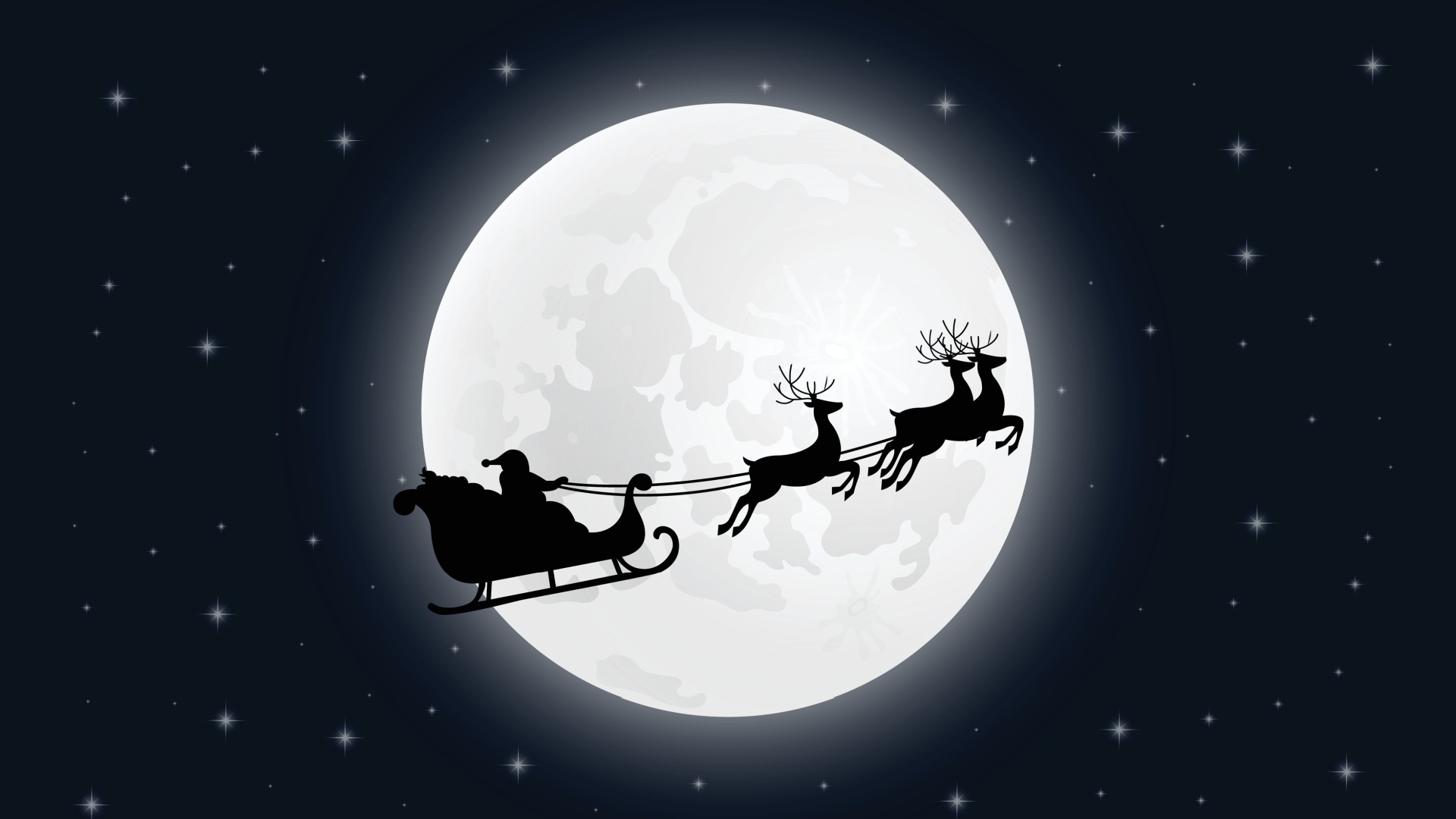How to Use the Dilts Pyramid of Logical Levels for success in your education, career, and personal life
From time to time, we all face problems that cannot be resolved overnight. At some point, you may have no way out.

However, you should not despair! The Dilts Pyramid will help you solve whatever problem you are facing. Aren't you sure it's true? Then let us discover who Robert Dilts is, how his model of overcoming difficulties works, and how to properly apply the pyramid in real life for your career, business, and even education.
Who is Robert Dilts?
Robert Dilts is an award-winning business coach, trainer, and author of various Neuro-Linguistic Programming (NLP) techniques and models. He has a unique approach to interpersonal communication based on psychological influences and non-verbal methods of persuasion. One of the values of NLP is: if you copy the behavior and habits of successful people, you will also become successful! This means that changing our thoughts and reactions and persistent behavior patterns can help solve impossible problems. This is exactly what Robert Dilts has been doing for over forty years. His clients include popular companies such as Apple Computer and IBM Europe, as well as innovative businesses, banks, film studios, and even secretly billionaires. Furthermore, Dilts consults and teaches worldwide, lectures, as well as teaching NLP methods at universities.
However, the most famous NLP model developed by Dilts is his "logical level pyramid," which he created back in the late 1980s.
The central ideas of the Dilts pyramid. What is the point?
The Dilts Pyramid is a universal tool that can help you overcome difficulties in absolutely any area by putting it all in order in your mind. The logical pyramid consists of a detailed breakdown of current events in your life. The shape of the pyramid, which Robert Dilts suggests you use in his system, helps you to better absorb a tremendous amount of information by answering the most straightforward questions, as well as to help you understand your current situation and look at the problem from a different angle. After that, you will find the right approach to solve it. Furthermore, as this method is based primarily on introspection, it helps you identify the most challenging aspects of your personality and make them a priority for the future.
Likewise, the Dilts model can be helpful for those who have yet to decide on a profession. The pyramid of logical levels enables you to maximize your potential, evaluate your abilities and find a compromise between your wishes and needs. Therefore, the knowledge suggested by Robert Dilts is universal and relevant for everyone, including experienced managers, starting professionals, and those still searching for an ideal job or dream career (for example, students.)
Logical levels of the pyramid

The pyramid of Dilts has six levels. Let us discover what these levels look like and how you can identify them correctly. For example, you have worked hard for a long time at a company. You want a promotion, but your boss needs to notice your accomplishments. What can you do in this situation? How do you achieve career growth and save your nerves simultaneously?
Level 1. Environment. What do I have?
This is the first level. It includes the place and circumstances in which a person lives. Also, our environment includes people close to us and things with which we are constantly in contact. The first level of the pyramid is our daily life and material issues. For example, the environment includes your income level, whether you have property, your social circle, etc. Using the example of the situation where you want a much-needed promotion, this level of the pyramid indicates those people who can influence the course of events and assess your work and abilities. At this stage, you have a boss who you must depend on for your career advancement.
Level 2. Behavior. What am I doing?
The second level of the pyramid is a person's activities, way of life, and actions, including their particular interests. Wanting a promotion situation at this stage, your efforts and hard work are achieving the respect of colleagues and the attention of your bosses to your merits. It is also worth asking yourself: What matters to me and my objective? Perhaps the whole point is that you want to feel needed - then you will only need to have a positive assessment and become familiar with more challenging and interesting projects.
Level 3. Abilities and opportunities. How do I choose?
This is where you will find a person's knowledge, skills, and abilities. In this case, the following qualities are significant: life experience and wisdom, intuition, a quick mind, and the ability to swiftly navigate different situations. Suppose we go back to our example, then at this level. In that case, list the competencies you lack and need to improve and the advantages that will accelerate your career progression.
Level 4. Values and beliefs. What do I believe?
The fourth level of the pyramid is everything that affects our experience. For example, our upbringing, education, culture, and mindset are where a person develops. Depending on these factors, a person forms a life position, certain principles, beliefs, and values. This also includes stereotypes that affect them only negatively: making them doubt themselves and influencing them.
With achieving the set goals. In this situation, you need to find out why the opinion and judgments of others are so vital to you, how it affects you, and whether you feel a desperate need to be needed.
Level 5. Identity. Who am I?
This level defines a person, initially, as someone with desires, principles, and ambitions. Once reaching the fifth level of the introspection pyramid, a person frequently realizes their true "self" and knows what they want. Therefore, many decide to make fundamental changes in their life, usually linked to a change of profession, search for a job, and determining their role in society. All such procedures are related to the concept of self-identification. Therefore, this level should answer the question, "Who am I?" For example, using the promotion example, this level should answer the question, "How can I earn respect?" and "What happens if I am no longer needed?".
Level 6. Mission. For what?
This level of the Dilts pyramid answers the question "Why do I live?" in the broadest sense of the word - what will a person bring to this world, what will they leave behind, and what will be the result of their life? So, at the top of the pyramid, the spiritual world of a person and the desire to understand the meaning of their own life is revealed. Then, you must answer the same principal questions using the example of wanting a promotion: "Why do I work? For what purpose? What can I change?”
A significant portion of our life is focused on the first two levels; however, all levels of the Dilts pyramid are connected. Therefore, to solve any problem, you must work through them without exception. Consequently, a change in a person's life mission (the highest level of the pyramid) will inevitably affect their behavior and values (the lower levels.) And vice versa: our skills can influence our beliefs and, therefore, the meaning of life.
Advantages and disadvantages

The benefits of using the Dilts pyramid are numerous. It can help you:
-
Categorize information.
-
Discover an accurate assessment of your circumstances.
-
Form a visual representation of your capabilities.
-
Explore some possible ways out of your current situation.
-
Prioritize.
-
Articulate and set goals.
-
Enhance your skill of self-awareness by understanding your habitual actions and behaviors.
-
Reveal your true desires, wants, and ambitions.
Concurrently, many researchers and NLP specialists believe that the model proposed by Dilts, although extremely useful, is still not universal. So, the discoveries someone receives, others may interpret the pyramid differently. Consequently, there is no method to verify that the results are correct because there is unambiguous instruction for the evaluation and analysis. In addition, not everyone can think critically, and one cannot do without critical thinking using the Dilts pyramid!
How to use the Dilts pyramid, and can this model be used in teaching?

The logical pyramid allows you to separate the problem into parts and deal with particular areas. To do this competently, we offer the following guidelines for using the Dilts pyramid.
1. First step: write down your problem in as much detail as possible
Many are inclined to quickly go directly to solving the problem. Still, the right interpretation and recognition of what exactly went wrong will allow you to cope with the difficulties that have arisen much faster and avoid similar mistakes in the future. Therefore, during working with it, select the most accurate words and reflect on all the nuances and features of the event. Consequently, you are already analyzing the problem and getting closer to its resolution.
2. Second step: determine the level of your problem according to the Dilts pyramid
For example, suppose you are unsatisfied with your income level or a job position you have outgrown. In that case, all this goes into the first introductory level, "Environment." However, the problems in mastering a new skill are typical of a higher level, "Skills and Opportunities." Therefore, by identifying exactly which level on the Dilts pyramid your current problem belongs to, you will understand what is causing it and what can impact further changes.
-
In what way this particular result will benefit me?
-
What happens after I achieve this?
-
How would my life change if I could achieve this? Or what will happen if this is not the case?
-
How will this affect my loved ones?
-
What do I not have to do?
-
What actions should I take right now? And for other related questions, you should write down the answers in detail.
3. Third step: finding the solution to the problem at higher levels of the pyramid
Generally, you can find the solution to your problem a few levels above where it occurs. However, it is worth going through each pyramid step to find the right solution and catch everything accurately!
Lectera’s Online Courses by topic
Examples of using the Dilts pyramid

To make assigning a problem to a certain level easier, you can look at individual questions for each person and their current situation. For example:
We suggest you examine the following situations: you are taking a digital marketing course. However, you need help to monetize your YouTube channel or attract a new audience.
-
To begin with, we work on the first level - we describe the problem and address the following questions: "Why am I studying this particular course? How will the education benefit me? How will it help me in the future? Do I want to do this? At what point did things go wrong? What exactly does not suit me in this situation?
-
Next, we determine which level of the pyramid our problem belongs to by answering these questions in detail. In this case, problems began through developing a new skill. In other words, this is a problem related to a particular stage of learning. Therefore, we can conclude that we are stuck at the third level - "Abilities and Opportunities." Even if you have already graduated and begun working but are not satisfied with your income level, we can attribute this problem to the first level - "What do I have?"
-
Let's get back to our situation. We have correctly identified the area of the problem, and now we can safely proceed to the most crucial step - finding solutions at the other levels of the pyramid. Once again, it is time for questions and answers: "Am I using marketing tools correctly? Do I spend enough time and energy on this work? What action should be taken to achieve results right now? More philosophical categories will also be discussed here: "Am I confident in my abilities? Am I doing the right thing in this situation? How will my content be useful and interesting for others? Why would an audience visit me? How will I help people if I keep doing this?"
If, for example, you realize that the answer to the question about self-confidence is challenging for you, then most likely the cause of your problem is found at a level higher - in "Values and Beliefs." Although on the other hand, if it is the case that you cannot articulate why you are doing this or that business, how it is helpful to society, and whether you are interested in developing your blog, then, most likely, the cause of the problem is found at the highest level "Mission."
The Dilts pyramid helps you with not only pressing issues but also with more "philosophical" ones. For example, with its assistance, you can realize your true desires and know how to make them true. Let us look at another example: you are just starting your career path and want a dream job, although you have not yet decided what it should be. Then working with the pyramid will look like this:
-
First, you must answer the central question: what do I want, and what prevents me from achieving it? In the first level, it is essential to visualize a picture of your ideal place of work: a cozy office, a friendly team, and understanding management. Then, describe in detail what you mean by your dream job. Following that, you should assess your capabilities sensibly and understand your abilities.
-
You can then proceed to the next level and determine the degree of your problem. Whatever philosophical questions you may ask, this situation lies at the most basic level - "Environment." This is because work is often the very foundation of our lives.
-
At the last level, you realize the true reason behind your need for career growth. In this case, you should approach the analysis of all pyramid levels sensibly: perhaps your actual need is to change the world for the better!
Therefore, the Dilts technique not only helps you develop rational thinking and self-awareness, but the pyramid is also helpful from a practical point of view: it helps you to discover the true cause of the problem that has arisen, to find several ways to eliminate them at once, and at the same time solve many of your life dilemmas.
Share this with your friends via:
Latest News

A significant stage in the development of the alternative education system has begun in West Northamptonshire in the UK: the County Council is actively calling on parents, guardians, and trustees to participate in shaping the future of this key area.

Outwoods Primary School in Atherstone, Warwickshire, having experienced deep sadness after the loss of their famous cat, Silla, has found solace in a new pet – a Maine Coon named Aloysius O’Hara.

In modern universities, artificial intelligence, and in particular ChatGPT, is rapidly transforming from a controversial tool into a full-fledged student assistant.

An innovative educational project is gaining momentum in UK primary schools, aiming to change attitudes towards video games.

The Massachusetts Institute of Technology (MIT) presents MIT Learn – a revolutionary online platform that opens a “new front door” to access university knowledge and resources.












 Life After the Holidays: How to Beat the Post-New Year Blues
Life After the Holidays: How to Beat the Post-New Year Blues
 Which Christmas Movie Character Are You?
Which Christmas Movie Character Are You?
 Your New Year’s Forecast: What Awaits You in the New Year?
Your New Year’s Forecast: What Awaits You in the New Year?
 Test. What Career Goal Should You Set for Next Year?
Test. What Career Goal Should You Set for Next Year?
 Test. Which New Year Archetype Are You?
Test. Which New Year Archetype Are You?
 Test. How Should You Spend the Winter Holidays?
Test. How Should You Spend the Winter Holidays?
